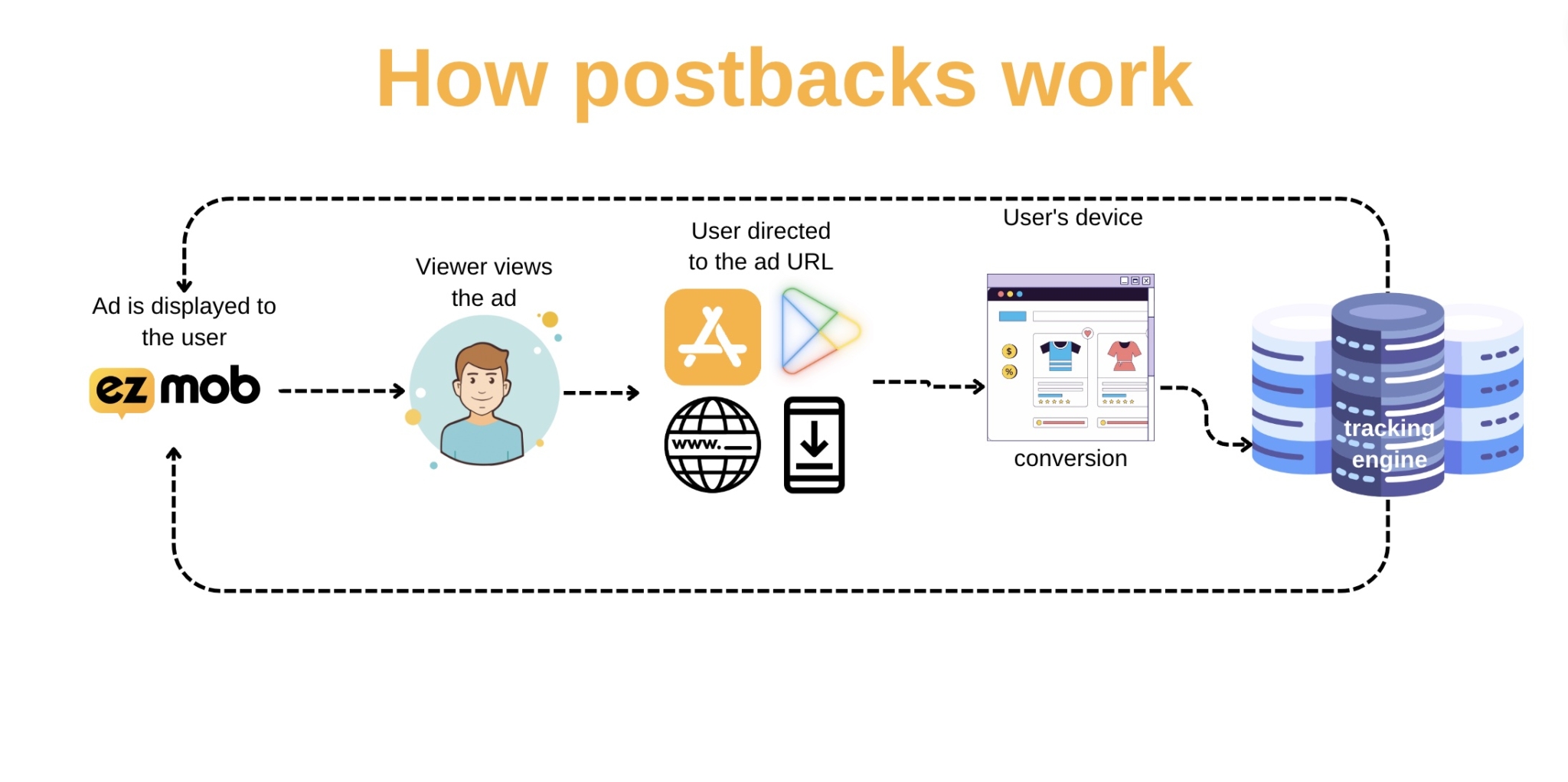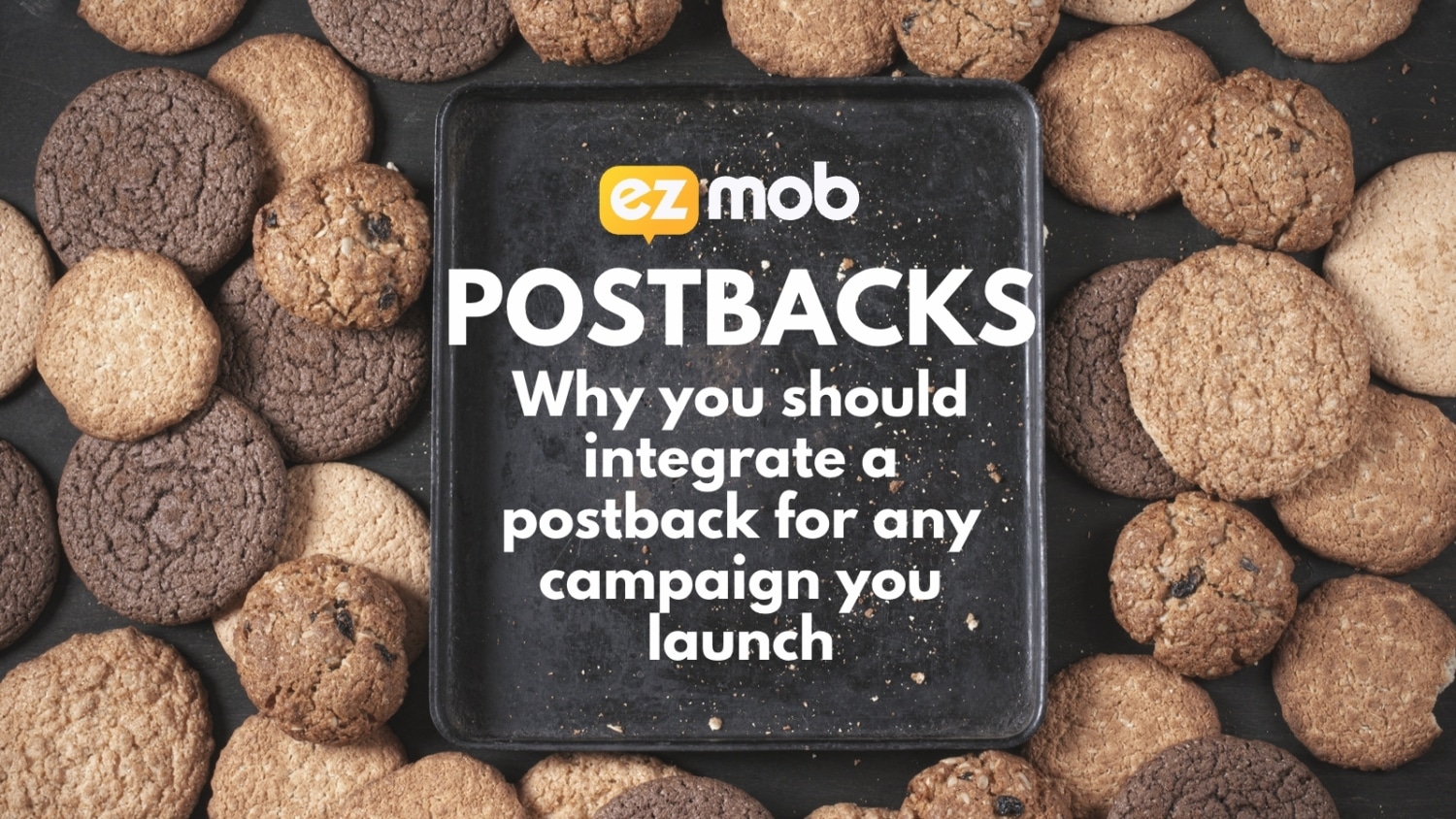
What are postbacks?
In web development and online advertising, postbacks are requests sent from a web server to a third-party system, usually in response to a user’s action on a website or app. The postbacks typically contains information about the user’s activity, such as clicking on an ad, completing a form, or purchasing.
Postbacks are commonly used in online advertising to track user behavior and measure the effectiveness of ad campaigns. For example, when a user clicks on an ad, a data is sent to the ad network or affiliate program, which records the click and attributes it to the appropriate publisher or advertiser.
Similarly, when a user completes a purchase on an e-commerce site, a postback can be sent to the payment processor such as Capitalist or PayPal to verify the transaction and update the order status.
Postbacks can be implemented using various technologies, including HTML forms, JavaScript, and server-side scripts like PHP or ASP.NET. They are often used with cookies or other tracking mechanisms to identify individual users and track their activity over time.
Table of Contents
Postbacks: What are they good for
Postbacks help track user behavior and measure the effectiveness of online advertising campaigns. By integrating postbacks into a campaign, advertisers and media buyers can gain valuable insights into how users interact with their ads and whether their campaigns achieve their desired goals.
Postbacks can provide information on various metrics, including clicks, impressions, conversions, and revenue generated. This data can be used to optimize campaigns for better performance, identify areas for improvement, and make informed decisions about budget allocation and targeting strategies.
Overall, postbacks are a powerful tool for maximizing the ROI of online advertising campaigns and ensuring that advertisers get the most out of their ad spend.
Postbacks: What type of postback are available
There are several types of postbacks, including:
- Conversion Postback: sent when a user completes a desired action, such as purchasing or filling out a form.
- Click Postback: sent when a user clicks on an ad or link.
- Impression Postback: sent when an ad is displayed to a user, regardless of whether they interact with it or not.
- Revenue Postback: sent when a user generates revenue for an advertiser by making a purchase or signing up for a subscription.
- Engagement Postback: sent when a user engages with an ad in some way, such as by watching a video or clicking on a product link.
How do you manually integrate a postback?
Here’s how you can easily integrate a postback
- Login to your EZmob advertiser account
- Click on the Profile page at the top navigation
- copy the postback URL
- Paste it on your product’s thank you page, meaning when you redirect users after payment/registration, you should integrate the postbacks to the page the user sees after completing the action.

Managed Campaigns
Postbacks are an essential requirement for accessing EZmob’s managed campaigns service. As an ad network, we understand the importance of tracking user behavior and measuring the effectiveness of campaigns to achieve maximum ROI. That’s why we require our clients to integrate and track via postbacks for any pop campaign they upload, as this provides us with valuable data that we can use to optimize their campaigns for better results.
By working with EZmob’s expert team, clients can benefit from our extensive industry experience and knowledge. We can help to identify the best targeting strategies, optimize campaigns for maximum ROI, and provide valuable insights into user behavior and campaign performance. Plus, by guaranteeing KPIs, we help ensure that our clients get the most out of their ad spend and achieve their desired goals.
If you want to access EZmob’s managed campaigns service, please review our website for more information. Our team is always available to answer any questions and help you get started with your next successful campaign.
If you’re interested in having your campaigns managed by our expert team, please review this page.
Postbacks: Conversion flow chart
Visualizing postbacks through a flow chart can help provide a clear understanding of how they work in online advertising. The flow chart typically includes the different types of postbacks and their corresponding triggers, such as a user clicking on an ad or completing a form.
It may also show the path that the postback takes, including the information transmitted and the systems involved in processing the data. By mapping out this process, the flow chart can help to identify potential bottlenecks or areas for improvement in a campaign’s postback implementation.
Overall, using a flow chart to visualize postbacks can be helpful for advertisers and media buyers looking to optimize their online advertising campaigns and maximize their ROI.

Why you should include a conversion value to postbacks
Tracking conversions with postbacks is a critical part of measuring the effectiveness of online advertising campaigns. However, adding a conversion value – the sale amount – to each tracked conversion can provide even more valuable insights.
By including the conversion value in a postback, advertisers and media buyers can accurately measure the revenue generated by their campaigns. This allows them to make more informed decisions about budget allocation and targeting strategies, as they can see which campaigns are generating the most revenue and adjust their approach accordingly.
In addition to revenue tracking, conversion values can also be used to calculate a campaign’s return on investment (ROI). By dividing the revenue generated by the campaign cost, advertisers can see how much revenue they are developing for every dollar spent. This information is critical for optimizing campaigns for maximum ROI and ensuring that ad spend is used efficiently.
Adding a conversion value to each tracked conversion can provide advertisers and media buyers with more accurate and actionable data, enabling them to make more informed decisions and optimize their campaigns for better results.
Which 3rd party tracking services is EZmob integrated with?
We’re here to make it easier to track and onboard and launch your campaigns asap. If you’re using any of the below tracking services you will be able to simply select EZmob as your traffic source and all postback will be instantly integrated.
Tracking services we’re integrated with:









Key takeaways
Postbacks are requests from a web server to a third-party system, typically responding to a user’s action on a website or app.
There are several types of postbacks, including conversion, click, impression, revenue, and engagement postbacks.
Postbacks are essential for tracking user behavior and measuring the effectiveness of online advertising campaigns.
Adding a conversion value to each tracked conversion can provide advertisers and media buyers with more accurate and actionable data, enabling them to optimize their campaigns for maximum ROI.
Visualizing postbacks through a flow chart can help identify potential bottlenecks or areas for improvement in a campaign’s postback implementation.
Overall, understanding postbacks and their importance in online advertising is critical for anyone looking to maximize the effectiveness of their campaigns and achieve better results.
Join our Newsletter
Get access to promotions, case studies, and recommended partners
Read more reviews and articles
Learn how to setup popunder campaigns and more about campaign management on EZmob’s Helpdesk





